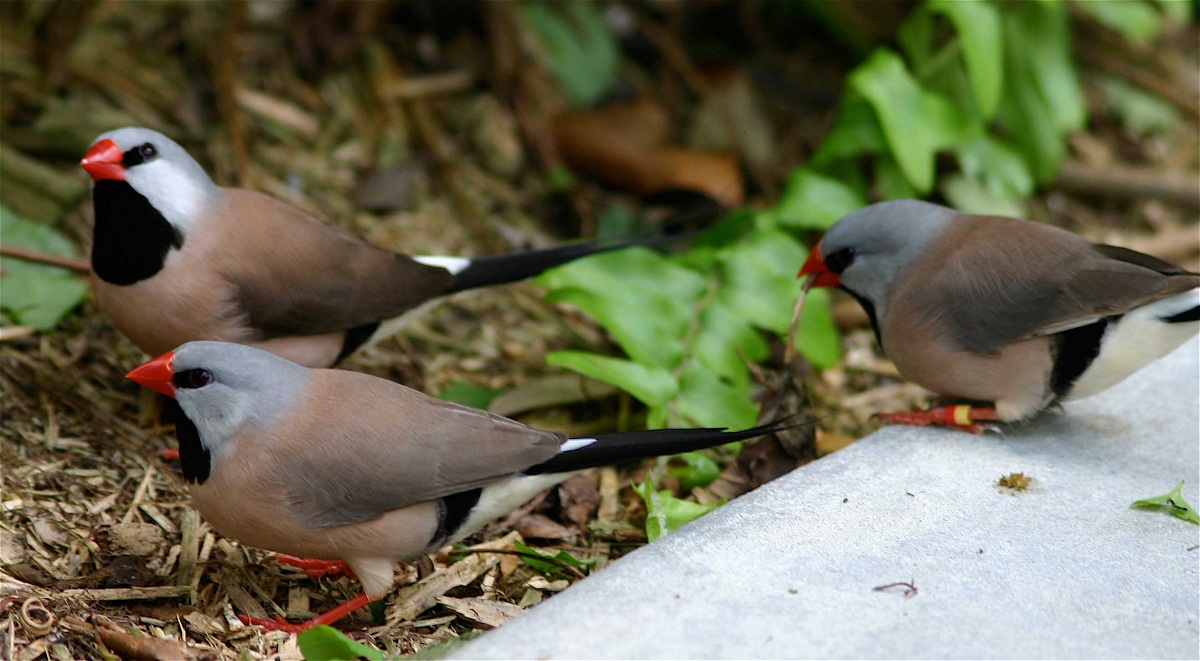

Survey routes are 39.4 km long with 50 stops. The BBS monitors bird populations in the United States and Canada between early May and mid-July. These surveys are remarkable in the breadth of spatial coverage and the use of consistent sampling methods.


Presence/absence data were obtained from two sources: the North American Breeding Bird Survey (BBS) and the Audubon Christmas Bird Count (CBC). Here we model the geographic ranges of 588 North American bird species across an array of future climate-emissions scenarios in both breeding and non-breeding seasons, and we use the results to assess the climate sensitivity of each species to inform conservation planning. Climate sensitivity can be included in future species vulnerability assessments to help prioritize conservation investments and to provide testable predictions for future monitoring of at-risk species. Lists of priority species are valuable conservation tools useful for defining management priorities and goals, but typically do not include assessments of conservation risk due to future climate change. Modeling changes in geographic range, therefore, provides a concise and intuitive measure of potential climate sensitivity and accompanying level of conservation risk associated with climate change. While local and regional species’ distributions tend to be influenced primarily by biotic interactions and habitat and/or resource availability, respectively, climate influences broad-scale distributions putatively through interactions with the physiological limits of the organism. Overcoming these constraints requires large amounts of data, including both numerous species and broad spatiotemporal coverage. Previous climate studies of North American birds have focused on responses dealing with few species or limited geographies, or global studies done at coarse scales. Furthermore, since birds are so widespread and cover so many habitats, birds are a reasonable proxy for the overall implications of climate change for all wildlife in North America. As one of the best-studied groups in the world, birds offer an opportunity to model climate change responses for a taxon as a whole, at large geographic scales, and with sufficient spatial resolution to be meaningful for on-the-ground conservation. Uncertainty around the biological responses of species to climate change makes informed management actions difficult however, adaptive management frameworks can be developed once species-level assessments become available (e.g. The persistence of many North American birds will depend on their ability to colonize climatically suitable areas outside of current ranges and management actions that target climate adaptation.Ĭlimate change presents a great challenge: balancing the conservation needs of species today while preparing for largely unknown responses in the future. Our results demonstrate the need to include climate sensitivity into current conservation planning and to develop adaptive management strategies that accommodate shrinking and shifting geographic ranges. Moreover, species responses were not clearly associated with habitat affinities, migration strategies, or climate change scenarios. We found no strong associations between projected climate sensitivities and existing conservation prioritizations. For 126 species, loss occurs without concomitant range expansion whereas for 188 species, loss is coupled with potential to colonize new replacement range. Here we show that 314 species (53%) are projected to lose more than half of their current geographic range across three scenarios of climate change through the end of the century. Using the North American Breeding Bird Survey and Audubon Christmas Bird Count, two of the most comprehensive continental datasets of vertebrates in the world, and correlative distribution modeling, we assessed geographic range shifts for 588 North American bird species during both the breeding and non-breeding seasons under a range of future emission scenarios (SRES A2, A1B, B2) through the end of the century. As a result, predicting the impact of climate change on future patterns of biodiversity will greatly aid conservation planning. Historic climate change is known to have caused shifts in the geographic ranges of many taxa and future climate change is expected to result in even greater redistributions of species.

#FINCH RESCUE BIRDS 80247 DRIVER#
Human-induced climate change is increasingly recognized as a fundamental driver of biological processes and patterns.


 0 kommentar(er)
0 kommentar(er)
